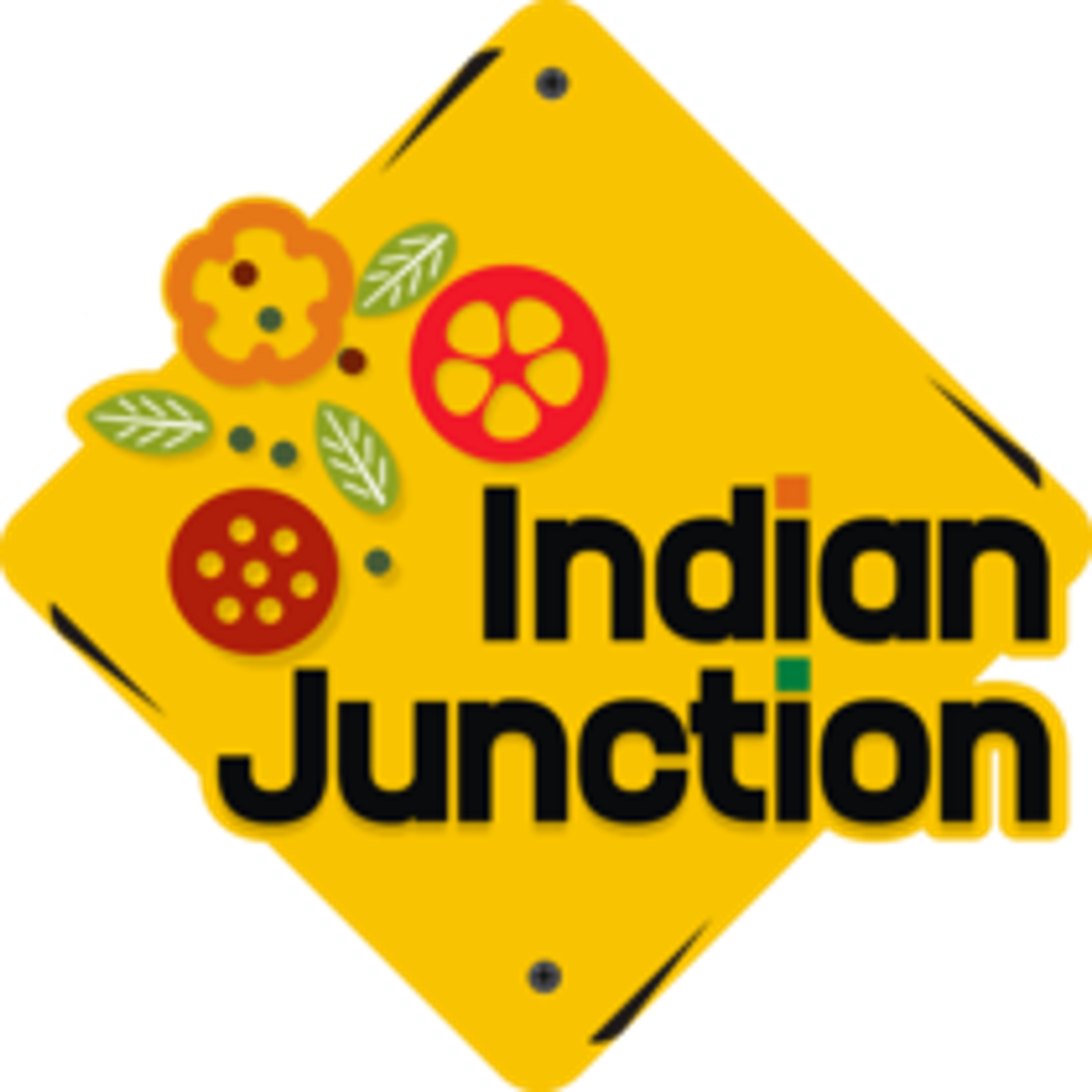When it comes to Indian cuisine, the diversity is endless. But one of the most fascinating culinary contrasts lies in North vs South Indian food. Both regions offer flavors that are distinct, vibrant, and deeply rooted in tradition. Whether it’s the creamy richness of butter chicken in the north or the tangy crispiness of a dosa in the south, every dish tells a story of geography, climate, and culture.
At Indian Junction in the Netherlands, you can experience the magic of both worlds under one roof. Let’s dive into the major differences between North vs South Indian food, exploring iconic dishes, cooking styles, and cultural roots.
The Basics: Indian Regional Food Diversity
India is not just one cuisine—it’s a collection of regional flavors shaped by history, agriculture, and tradition. North vs South Indian food represents the most popular divide, offering two unique styles that are equally beloved worldwide. While the north leans toward rich gravies and wheat-based staples, the south is known for its rice, coconut, and tangy flavors.
North vs South Indian Food: Grains and Staples
- North Indian Food: Wheat is king in the north. People enjoy rotis, naans, and parathas daily. Rice is eaten too, but breads are the star of the table.
- South Indian Food: Rice dominates here. From plain rice to idli (steamed rice cakes) and dosa (crispy rice crepes), this staple takes countless delicious forms.
Iconic North Indian Dishes
When thinking of North Indian food, hearty flavors and creamy gravies come to mind. Some must-try dishes include:
- Butter Chicken – A global favorite with its velvety tomato-cream sauce.
- Dal Makhani – A rich lentil dish simmered overnight with butter and cream.
- Paneer Tikka Masala – Grilled paneer cubes cooked in spicy gravy.
- Naan & Paratha – Soft, fluffy breads perfect for scooping up curries.
North Indian cuisine is indulgent, with bold spices and dairy-heavy preparations making it a true comfort food experience.
Iconic South Indian Dishes
In contrast, South Indian food offers light, tangy, and spice-packed flavors. Some staples you’ll find include:
- Dosa – Crispy rice crepe served with chutneys and sambar.
- Idli – Soft, steamed rice cakes that are light yet filling.
- Sambar & Rasam – Lentil-based soups with tamarind and spices, eaten with rice.
- Coconut Chutney – A refreshing side made with fresh coconut and curry leaves.
South Indian food is often healthier, with fermented dishes like dosa and idli aiding digestion and balancing spice levels.
Flavor Profiles: North vs South Indian Food
- North Indian Cuisine: Rich, creamy, and often mildly spiced. Ingredients like cream, yogurt, ghee, and cashews are commonly used. Curries tend to be thicker with bold, savory flavors.
- South Indian Cuisine: Spicier, tangier, and lighter. Tamarind, curry leaves, mustard seeds, and coconut dominate the palette. Dishes have more heat and often a soupy consistency.
Cooking Techniques & Ingredients
- North Indian Food: Tandoors (clay ovens) are widely used for breads and kebabs. Gravies rely heavily on onions, tomatoes, and dairy.
- South Indian Food: Steaming and fermentation are key techniques. Coconut, rice, tamarind, and lentils form the base of most recipes.
Festive & Cultural Significance
Both regions celebrate food with festivals and traditions:
- In the north, festivals like Diwali often feature sweets like gulab jamun and savory feasts with butter chicken and dal makhani.
- In the south, Pongal celebrates the rice harvest with dishes like sweet Pongal and coconut-based curries.
This shows how Indian regional food reflects not only geography but also cultural heritage.
North vs South Indian Food in the Netherlands
Craving a bowl of dal makhani one day and a crispy dosa the next? At Indian Junction, you don’t have to choose—we bring you both! Our menu celebrates the diversity of Indian regional food, offering authentic flavors from the north and the south, all freshly prepared to transport you back home.
Final Thoughts
When it comes to North vs South Indian food, there is no winner—just two equally rich traditions waiting to be explored. From the creamy indulgence of butter chicken to the light tang of sambar, these cuisines represent the diversity and depth of Indian regional food.
So next time you’re craving authentic flavors in the Netherlands, treat yourself to the best of both worlds. Visit Indian Junction and experience North and South Indian dishes that bring warmth, nostalgia, and a true taste of India.



